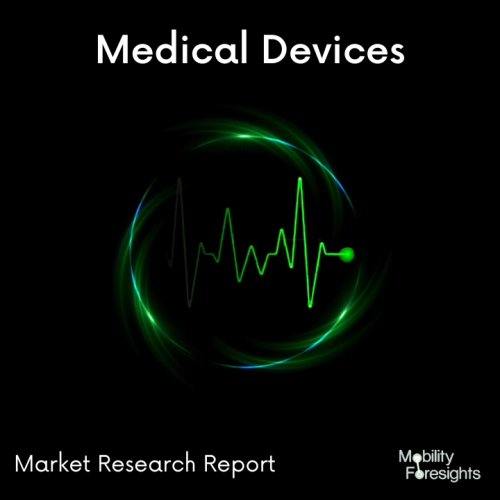
- Get in Touch with Us

Last Updated: Apr 25, 2025 | Study Period: 2024-2030
Levocetirizine is a prescription drug used to treat the symptoms of chronic idiopathic urticaria and allergic rhinitis (hay fever). (hives). It is an antihistamine that works by inhibiting histamine, a chemical that the body releases in response to allergens like pollen, dust, or pet dander.
Levocetirizine is ingested orally as a tablet, and it usually begins to function within an hour after consumption. The usual daily dosage recommendation is 5mg, but this can be changed based on each person's response and tolerance.
It is crucial to take the prescription exactly as directed by your doctor. You should also let them know if you are taking any other medications and if you have any other medical conditions.
Levocetirizine may result in side effects, much like all drugs. Headache, sleepiness, lethargy, dry mouth, and nausea are some typical adverse effects.
Although they are uncommon, serious side effects can include allergic reactions, breathing problems, or swelling of the face, lips, tongue, or neck. It's crucial to get medical help right away if you develop any strange symptoms while taking levocetirizine.

Global levocetirizine drug market accounted for $XX Billion in 2023 and is anticipated to reach $XX Billion by 2030, registering a CAGR of XX% from 2024 to 2030.
Due to the rising need for affordable treatments for allergic rhinitis and asthma, technological developments in levocetirizine drug delivery systems, and the growth of distribution channels by key players, the global levocetirizine drug market is anticipated to grow. The market is divided into categories based on product type (tablets, oral solution) and audience.
In clinical trials, somnolence, nasopharyngitis, fatigue, dry mouth, and pharyngitis were the most frequent adverse responses to levocetirizine, and most of them were mild to moderate in severity. Levocetirizine's cardiac safety was confirmed by nonclinical research, which also helped to provide the best possible clinical surveillance during the last stages of drug development.
Due to the rising demand for affordable treatments for allergic rhinitis and asthma, the levocetirizine medication market is anticipated to expand. The development of distribution channels by major players and technological improvements in levocetirizine drug delivery systems are also fueling the market's expansion. By kind and application, the market is divided.
| Sl no | Topic |
| 1 | Market Segmentation |
| 2 | Scope of the report |
| 3 | Abbreviations |
| 4 | Research Methodology |
| 5 | Executive Summary |
| 6 | Introduction |
| 7 | Insights from Industry stakeholders |
| 8 | Cost breakdown of Product by sub-components and average profit margin |
| 9 | Disruptive innovation in the Industry |
| 10 | Technology trends in the Industry |
| 11 | Consumer trends in the industry |
| 12 | Recent Production Milestones |
| 13 | Component Manufacturing in US, EU and China |
| 14 | COVID-19 impact on overall market |
| 15 | COVID-19 impact on Production of components |
| 16 | COVID-19 impact on Point of sale |
| 17 | Market Segmentation, Dynamics and Forecast by Geography, 2024-2030 |
| 18 | Market Segmentation, Dynamics and Forecast by Product Type, 2024-2030 |
| 19 | Market Segmentation, Dynamics and Forecast by Application, 2024-2030 |
| 20 | Market Segmentation, Dynamics and Forecast by End use, 2024-2030 |
| 21 | Product installation rate by OEM, 2023 |
| 22 | Incline/Decline in Average B-2-B selling price in past 5 years |
| 23 | Competition from substitute products |
| 24 | Gross margin and average profitability of suppliers |
| 25 | New product development in past 12 months |
| 26 | M&A in past 12 months |
| 27 | Growth strategy of leading players |
| 28 | Market share of vendors, 2023 |
| 29 | Company Profiles |
| 30 | Unmet needs and opportunity for new suppliers |
| 31 | Conclusion |
| 32 | Appendix |